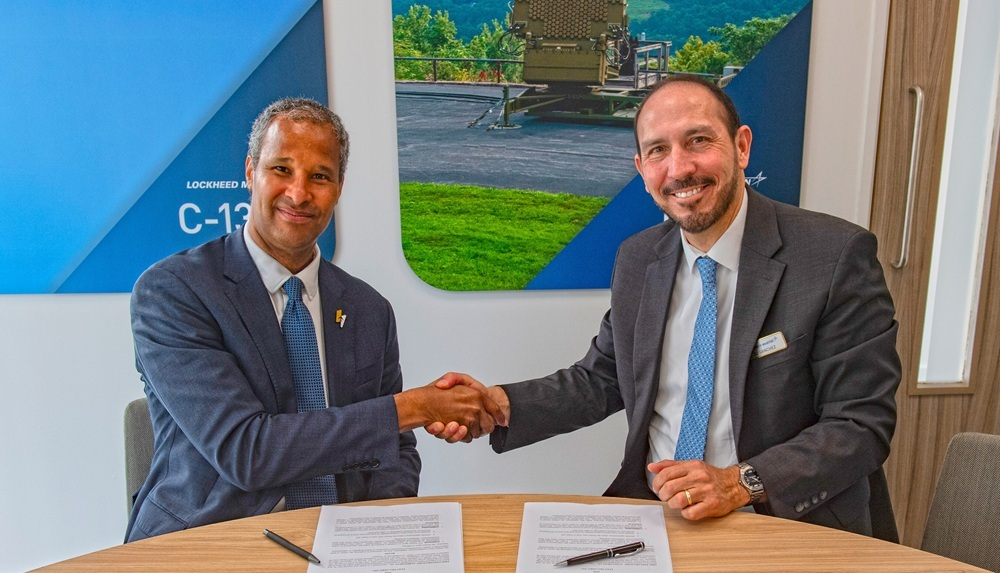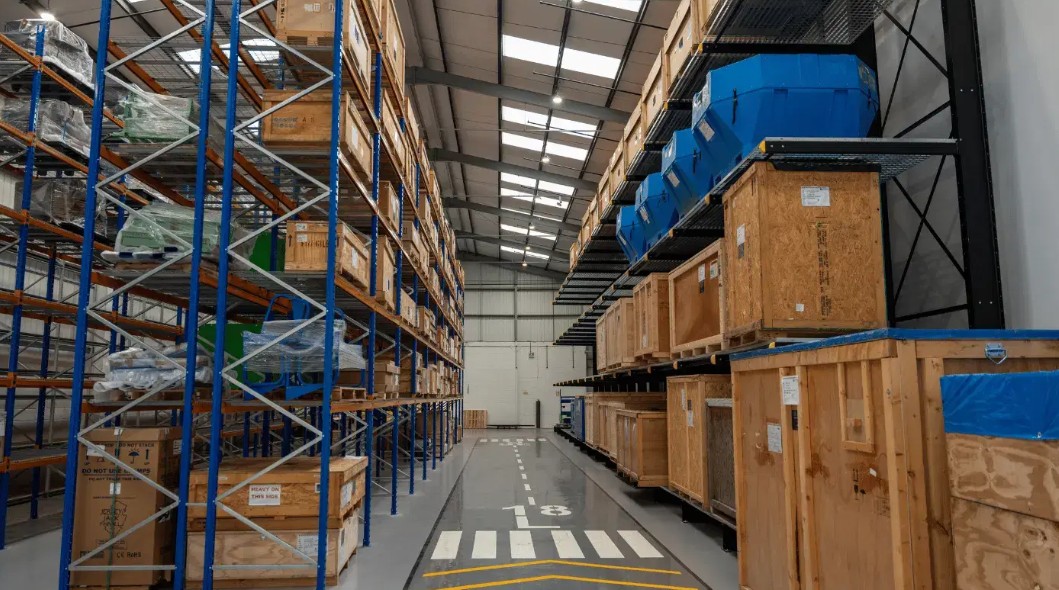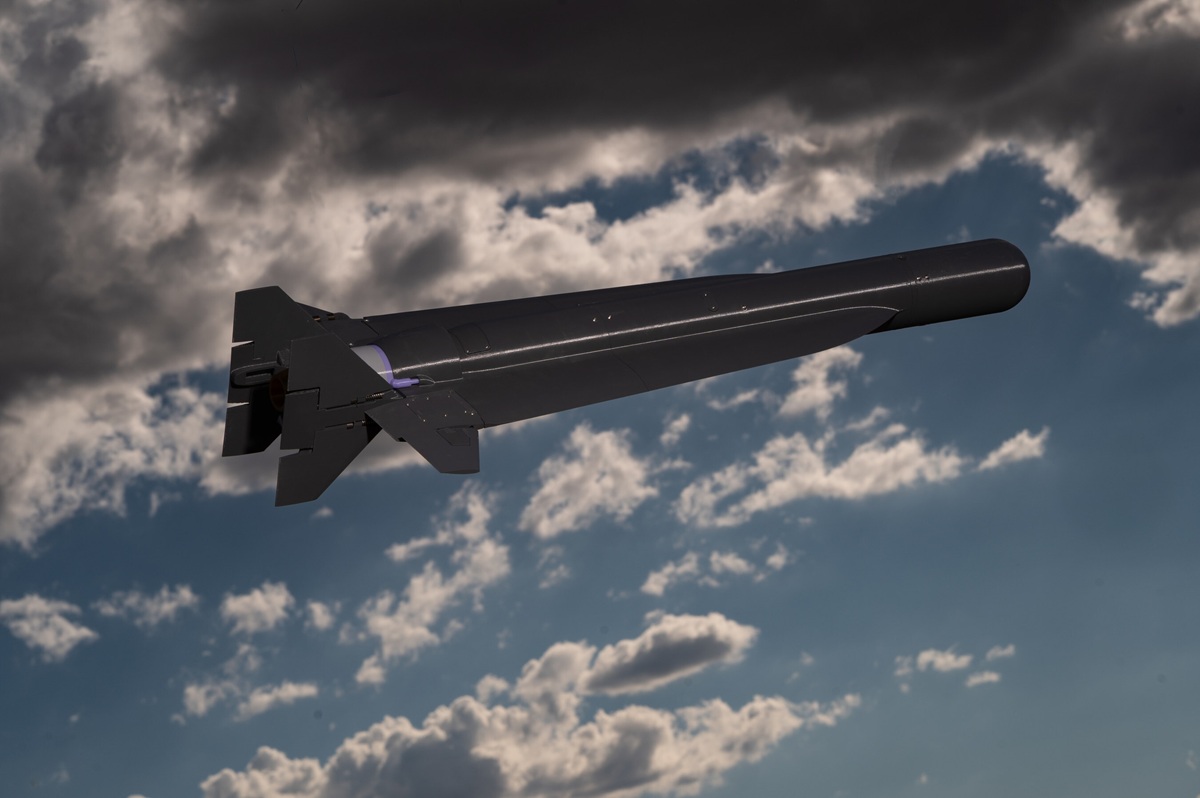Paris: In a move poised to reshape both commercial and military aviation, Lockheed Martin Skunk Works and Electra.aero, Inc. have signed a Memorandum of Understanding (MoU) to jointly explore opportunities to accelerate the development and commercialization of Electra’s EL9 ultra-short takeoff and landing (Ultra-STOL) hybrid-electric aircraft. The agreement was formalized at the Paris Air Show on June 18, 2025, marking a significant milestone in the advancement of next-generation aviation technologies.
The collaboration brings together Lockheed Martin, a global defense technology powerhouse renowned for its advanced aerospace innovations, and Electra, an emerging leader in hybrid-electric aviation. Under the terms of the MoU, the two companies will leverage their complementary expertise in digital engineering, manufacturing, supply chain management, sustainment, and global business development to fast-track the EL9’s journey from prototype to production and deployment.

The EL9 aircraft is designed to revolutionize air mobility with its unique Ultra-STOL capabilities, enabling it to quietly take off and land within just 150 feet, even on unimproved surfaces such as grass fields or parking lots. This capability opens up thousands of new operational locations previously inaccessible to conventional fixed-wing aircraft, helicopters, or eVTOLs. The EL9 can carry up to 1,000 pounds of cargo or nine passengers over distances exceeding 1,000 miles, combining the efficiency and safety of fixed-wing flight with the flexibility of vertical lift operations.
Marc Allen, CEO of Electra, emphasized the strategic value of the partnership: “Lockheed Martin’s breadth of manufacturing, supply chain, and military customer expertise is the perfect complement to Electra’s EL9 commercialization strategy. This relationship will accelerate our speed to market to bring the EL9’s transformative capabilities to our military customers.” OJ Sanchez, Vice President and General Manager at Lockheed Martin Skunk Works, added, “Electra has driven significant innovation in the hybrid-electric space, and we’re excited to collaborate with them to accelerate their development.”
The partnership also aims to explore potential programs of record with the U.S. Department of Defense and international military customers. Electra’s EL9 has already attracted significant interest from U.S. military branches, including the Air Force, Army, and Marine Corps, through multiple small-business contracts and flight demonstrations showcasing its logistics capabilities in austere environments. The aircraft’s ability to operate quietly and efficiently from remote locations makes it an ideal platform for last-mile logistics, mobile power generation, and emergency response missions.
Electra’s innovative propulsion system combines distributed hybrid-electric motors with blown lift technology, utilizing four independent battery packs and a small turbine-powered generator that drives eight electric motors along the wing. This configuration provides seven times greater lift than conventional wings, enabling the EL9’s ultra-short takeoff and landing performance while maintaining a cruise speed of 175 knots and a maximum ferry range of 1,100 nautical miles. The aircraft will be certified for instrument flight rules (IFR) and flight into known icing conditions, with a focus on safety and operational flexibility.
The market potential for the EL9 is substantial. Electra has secured over 2,200 aircraft under Letters of Intent from more than 50 commercial and military customers worldwide, representing a market value exceeding $9 billion. Commercial operators such as Bristow Group, JetSetGo, and Caverton Helicopters are poised to use the EL9 for regional passenger transport and cargo delivery to underserved areas, while the U.S. Department of Defense’s demand for cost-effective, infrastructure-light air mobility solutions continues to grow.
Lockheed Martin’s involvement deepens a strategic relationship that began in 2022 when Lockheed Martin Ventures invested in Electra’s Series A funding round. The collaboration also extends to NASA’s Advanced Aircraft Concepts for Environmental Sustainability (AACES) 2050 study, where both companies are partners exploring the application of hybrid-electric propulsion technologies to future commercial and military aircraft.
The EL9’s competitive advantages include 2.5 times the payload and 10 times the range of typical eVTOL aircraft, with 70% lower operating costs than helicopters. Its quiet operation—up to 100 times quieter than helicopters—further enhances its suitability for urban and rural operations, reducing noise pollution and expanding access to air mobility. Electra’s “Direct Aviation” concept aims to bring air travel closer to where people live, work, and play by enabling seamless point-to-point connectivity without the need for traditional airports.
Electra plans to conduct the EL9’s first test flights in 2027, with FAA certification and entry into service targeted for 2029. Lockheed Martin’s expertise in regulatory navigation and military program execution is expected to accelerate these timelines and facilitate the aircraft’s introduction into both commercial and defense markets.
This strategic alliance signals a new era in hybrid-electric aviation, combining Lockheed Martin’s decades of defense systems integration and manufacturing excellence with Electra’s breakthrough Ultra-STOL technology. Together, they are positioned to dominate a rapidly evolving $10 billion+ market for tactical and regional aviation, delivering innovative solutions that enhance operational flexibility, reduce environmental impact, and expand the reach of air mobility worldwide.
The Lockheed Martin–Electra partnership represents a bold step toward transforming how people and cargo move by air, promising to unlock new frontiers in aviation technology and operational capability.





